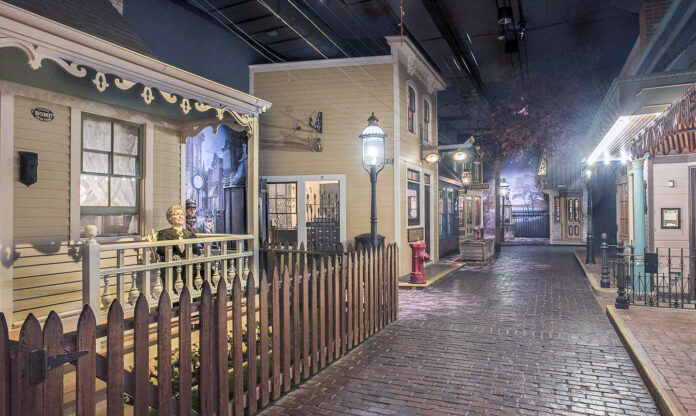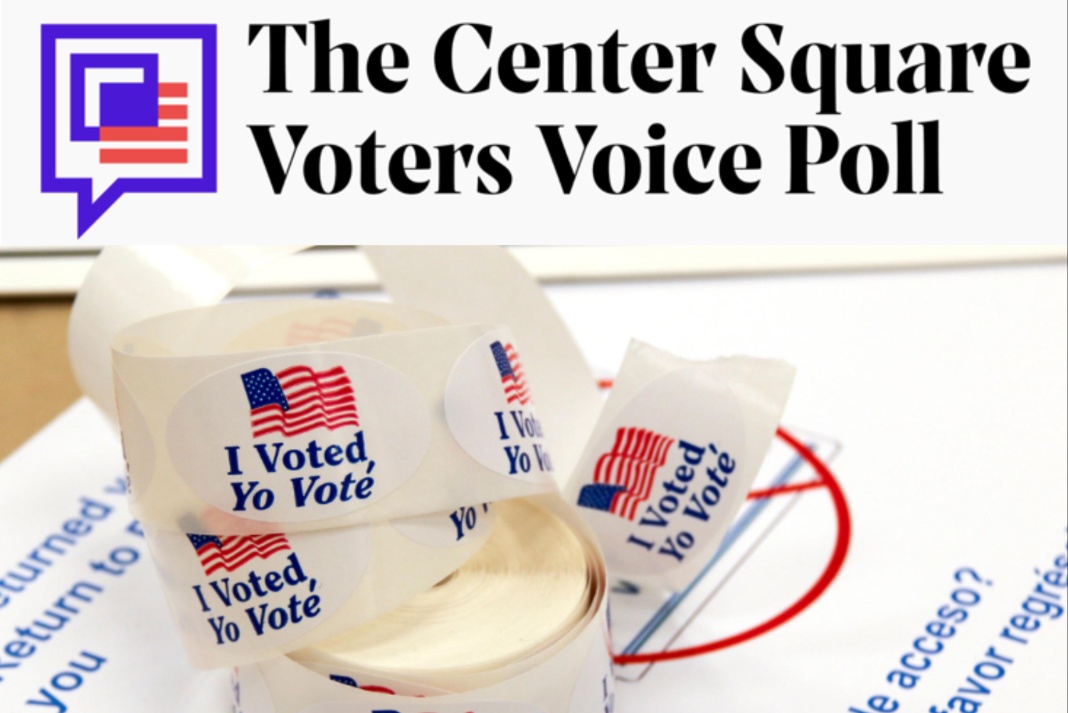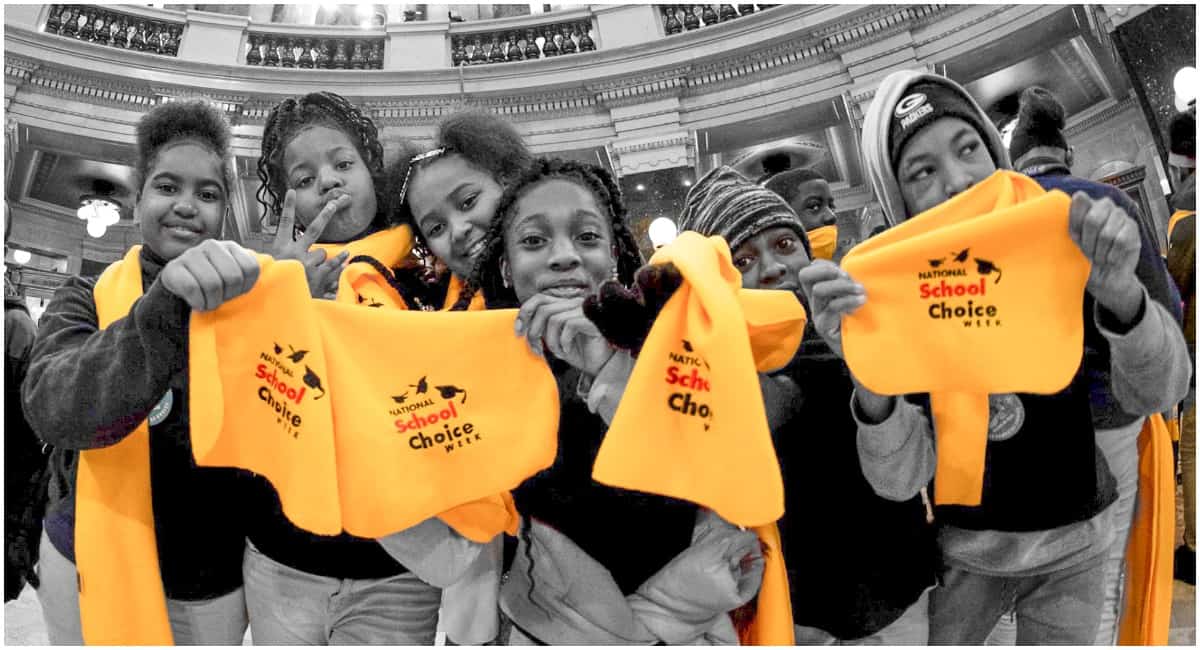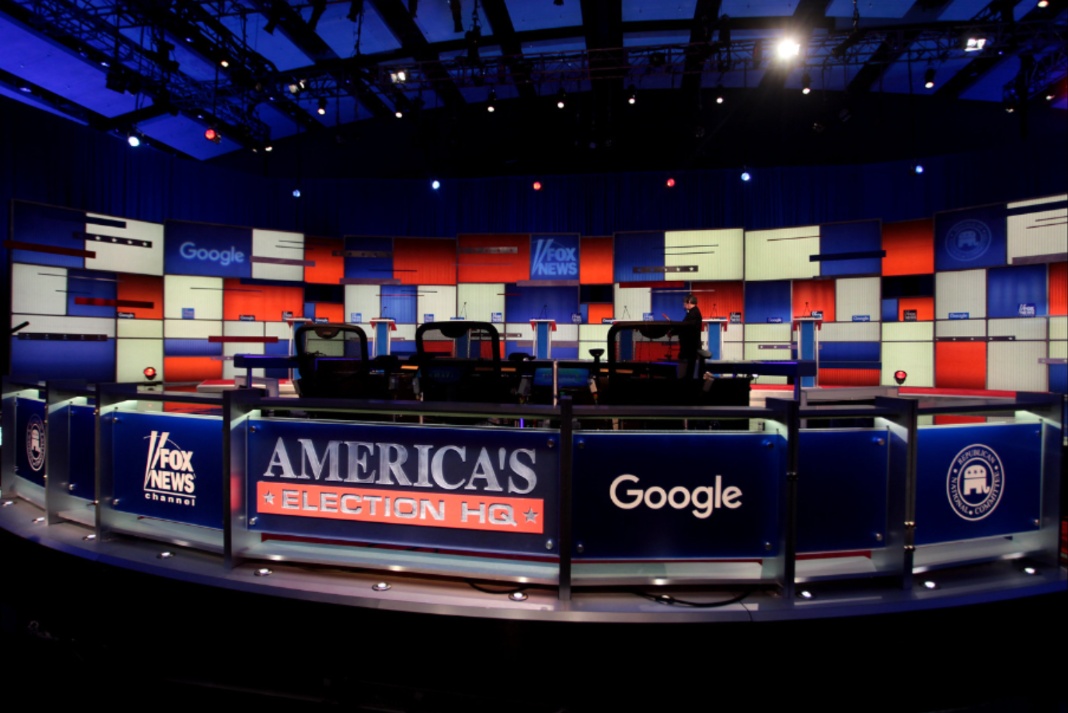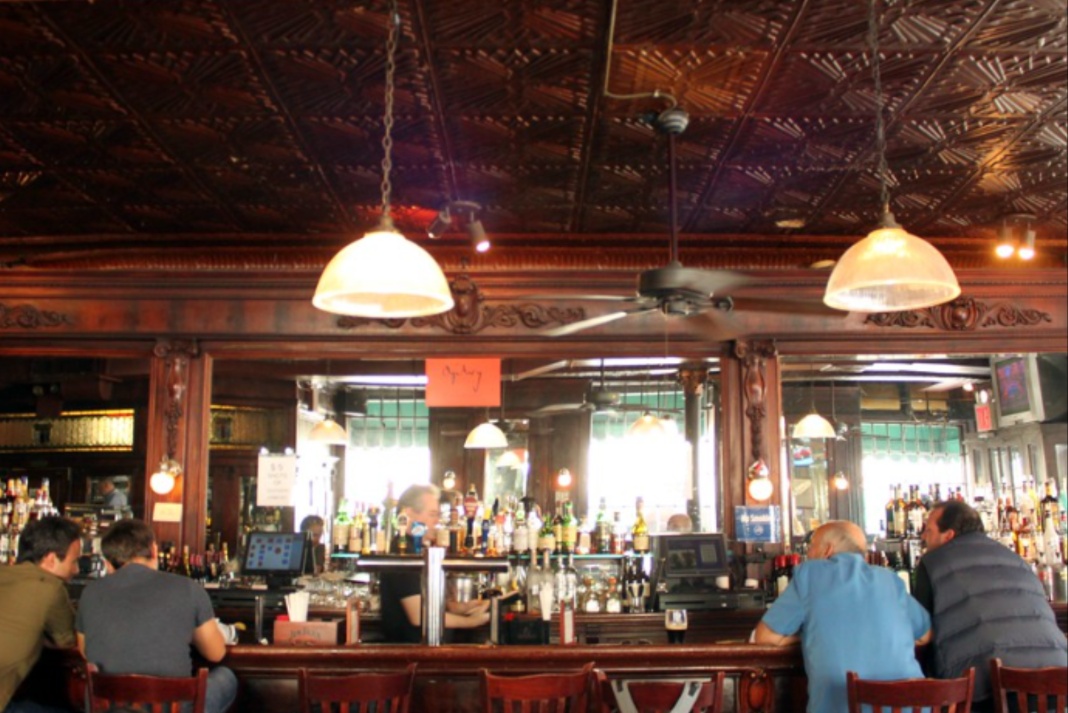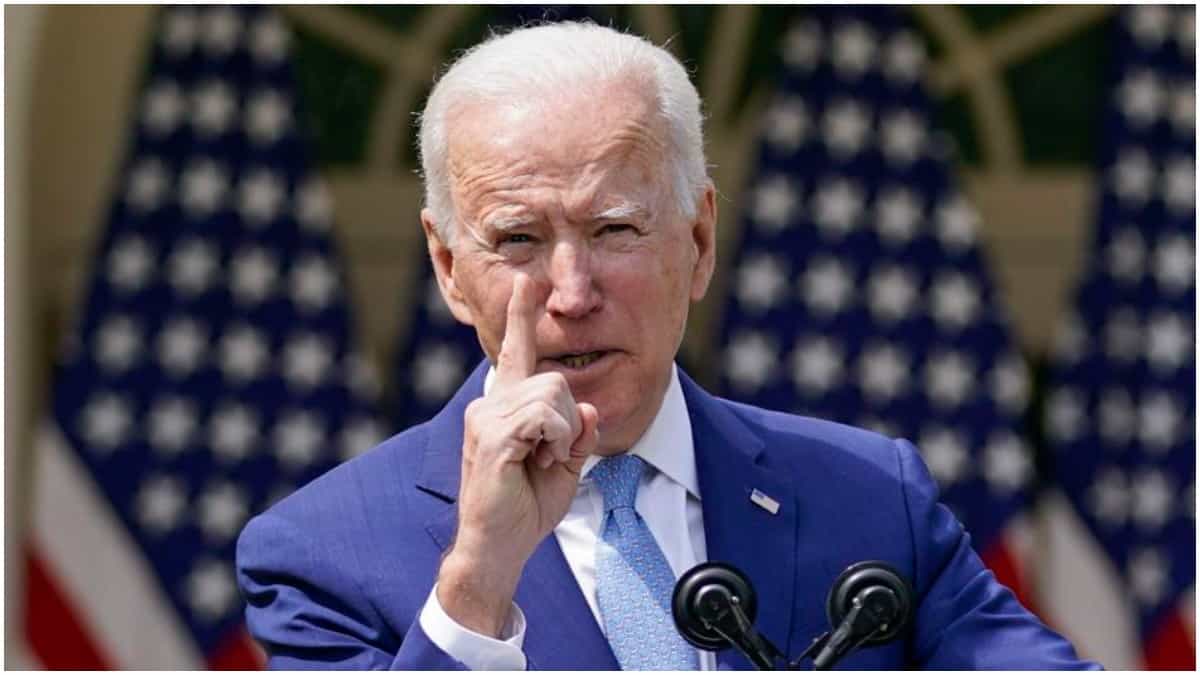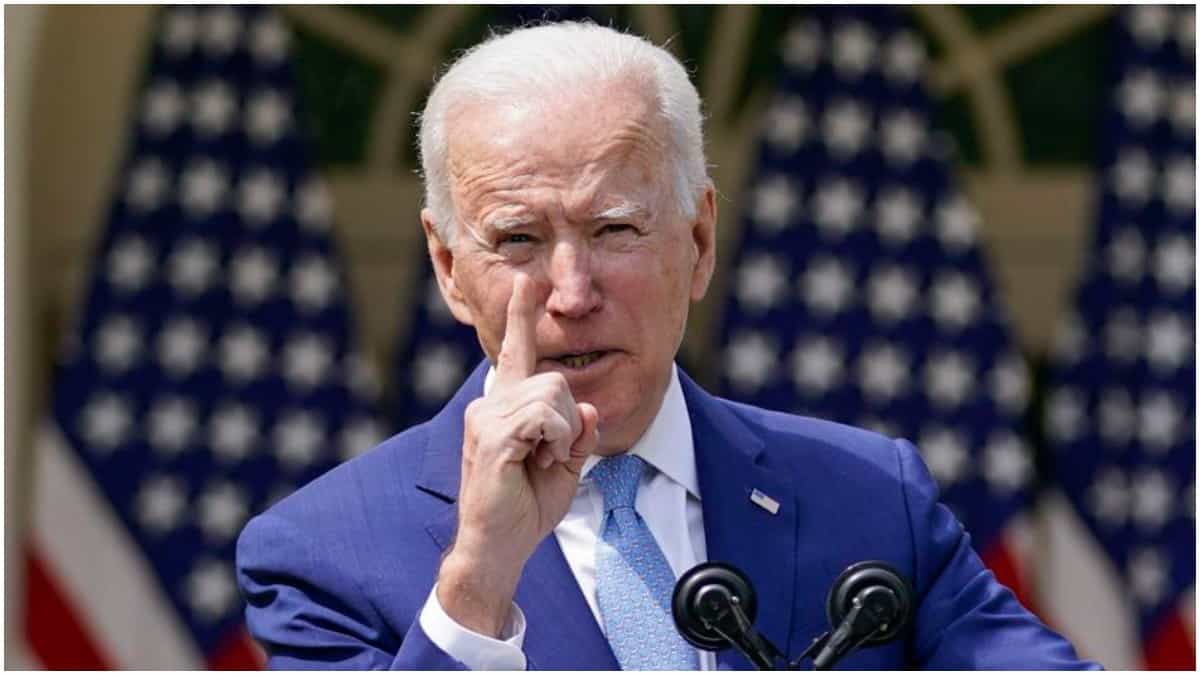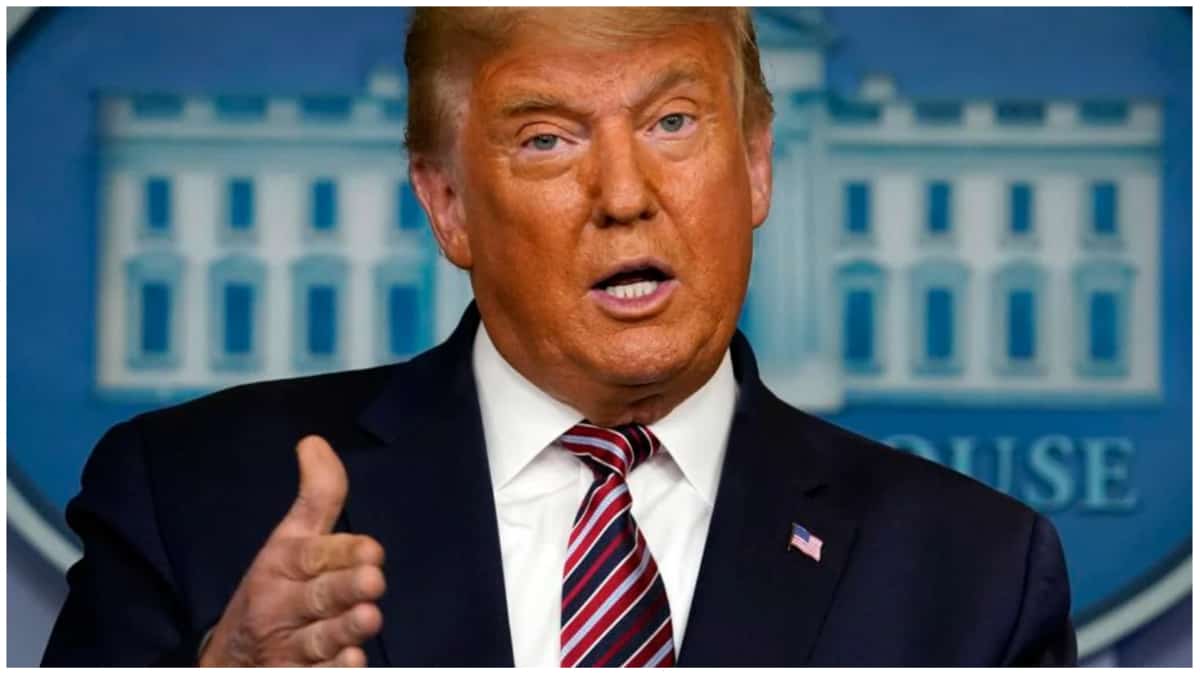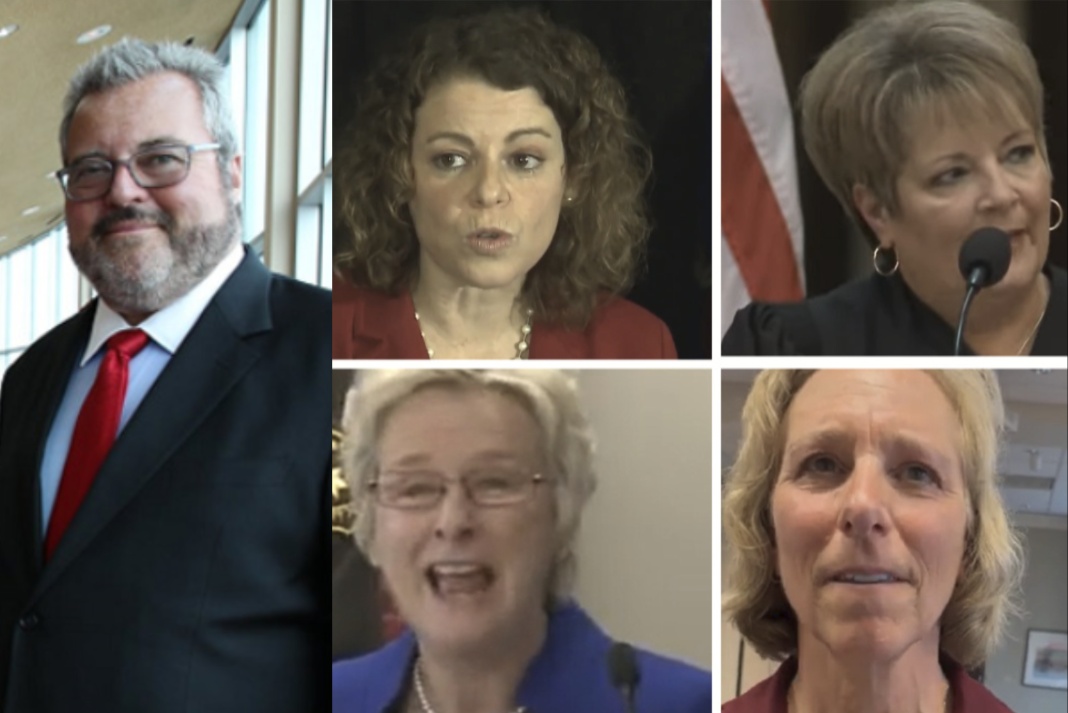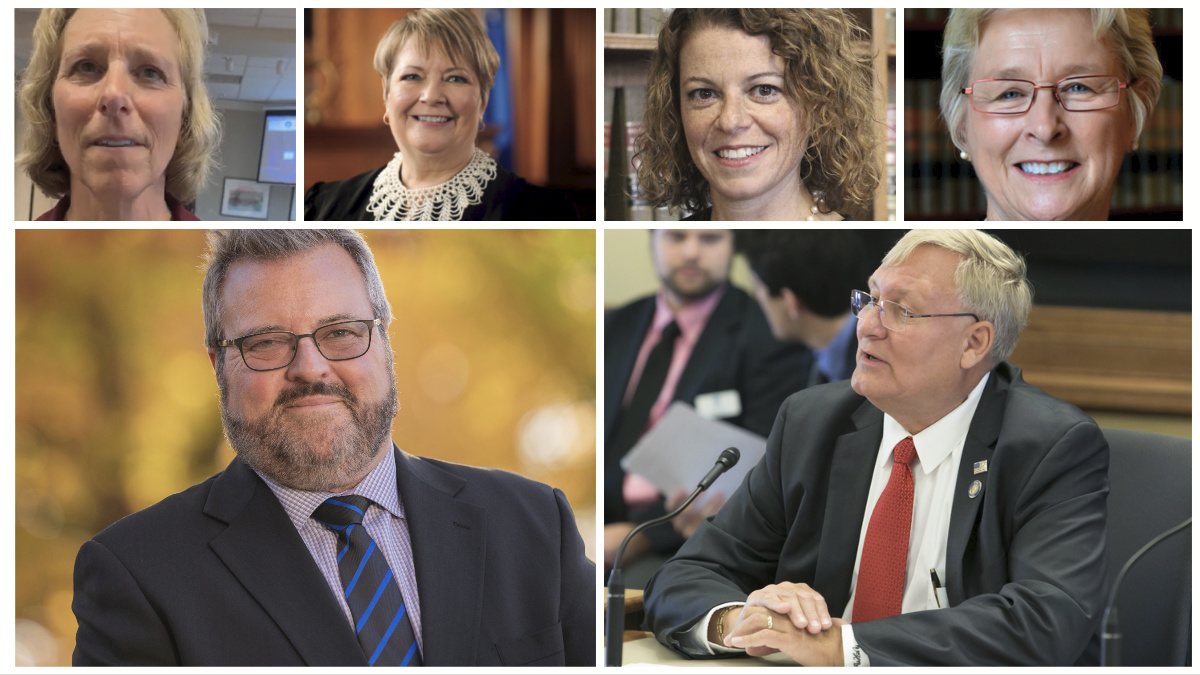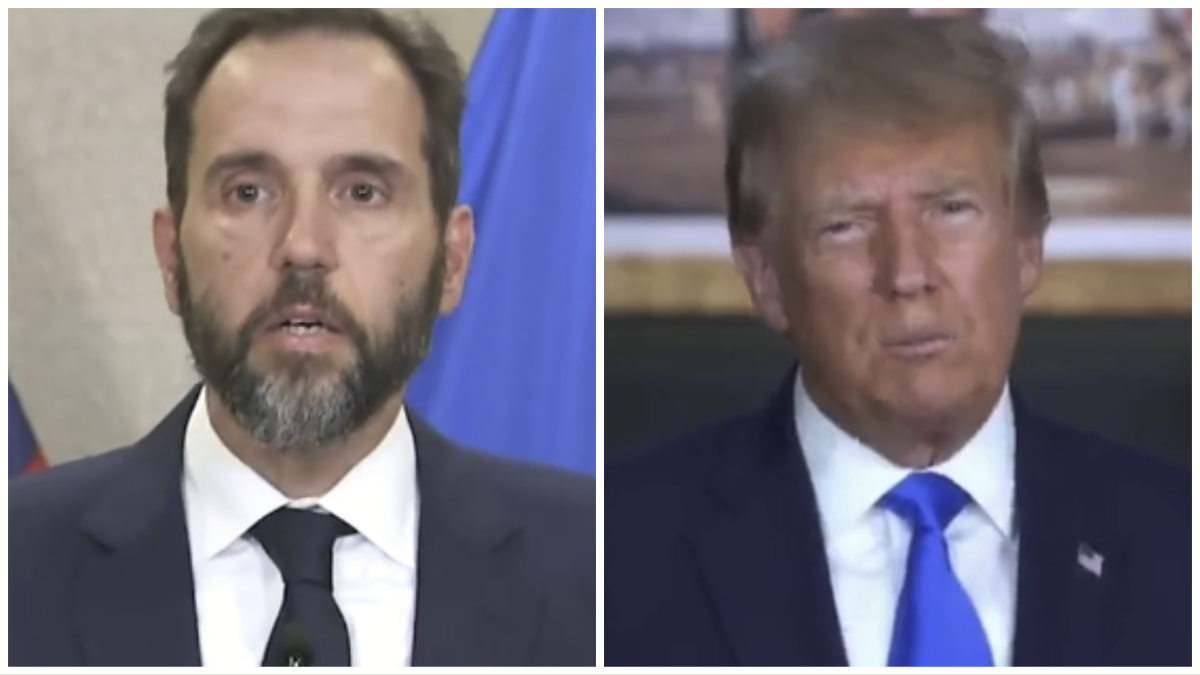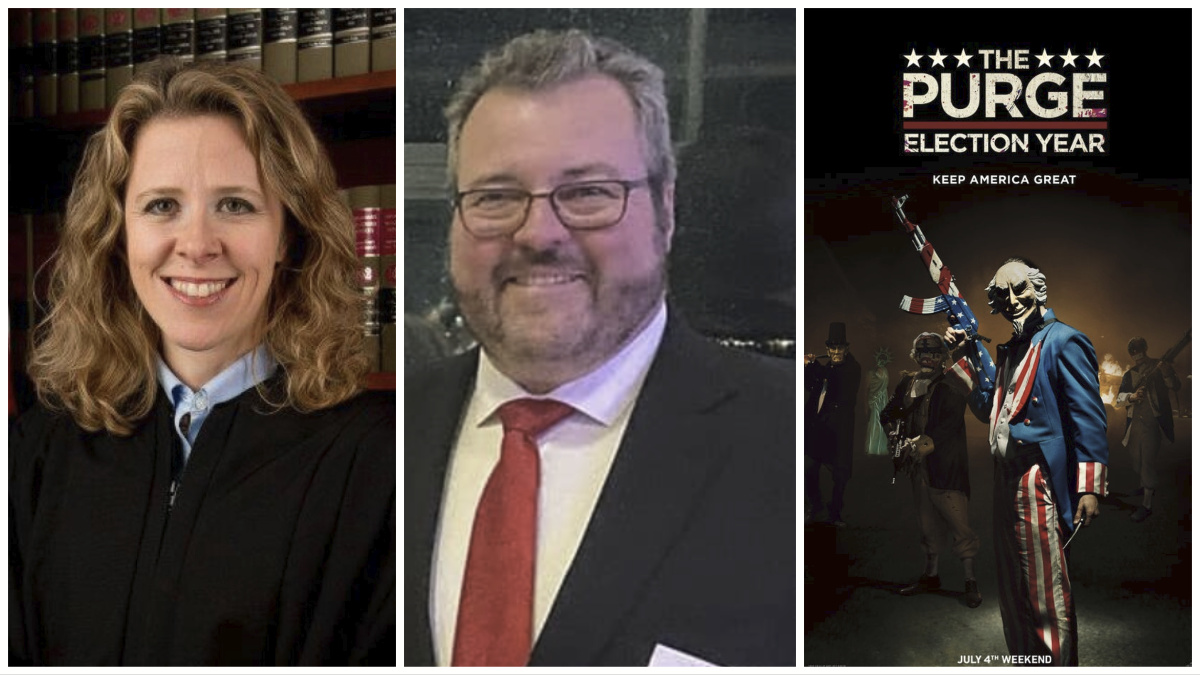There is a spot on the Third Floor of the Milwaukee Public Museum (MPM) that has long been a favorite of mine: a representation of a cobblestone Mexican plaza dating to the early 20th century where marimba music plays on a constant loop. When our family visits the museum, we always stop and sit on the curb. Inevitably, my daughters begin dancing, often dragging my son out to join them – a scene I have captured on video many times over the years.
And each time this happens, we are transported to a different time and different place – early evening in an early to mid-20th century Mexican town. You think about what that life was like, and how it differs from your own. And as your mind wanders, MPM does its job: it introduces new facts, experiences, and perspectives. Whether dinosaurs, the Streets of Old Milwaukee, real shrunken heads, beautifully painted dioramas, or historical taxidermy, MPM has plenty on hand to make you think.
Both local and out-of-town visitors laud the Milwaukee Public Museum as a “gem,” unexpectedly “big,” “informative,” “cool,” “amazing,” and “impressive” on Trip Advisor. Reviewers note that the building appears “well cared for” and that the museum “has everything” – ranging from natural history to local history, to anthropology, geology, and a clear sense of whimsy and wonder.
Repeatedly, visitors note that they could spend a full day wandering the museum, recommending that others do the same. Sure, there are always a few reviews that note MPM isn’t the Field Museum in Chicago or the Museum of Natural History in New York – but generally, there’s a palpable sense of surprise and appreciation that a treasure like the MPM exists in Milwaukee. As a longtime visitor and member of MPM, and a frequent visitor of museums across the globe, I wholeheartedly agree more with the positive reviews.
Does this sound like a tear-down and rebuild project to you? Well, the MPM’s Board thinks so. They have a plan to ditch the entire existing museum and move to a new $240 Million facility that reports alternately describe as having between one-third and one-half of the exhibit space as the current facility. The current facility is listed at 480,000 square feet, with 150,000 square feet of exhibit space, while most reports describe the proposed new facility as having 200,000 total square feet, with 80,000 square feet of exhibit space.
While making the case for the new facility, the MPM Board continues to throw out poorly explained justifications and numbers. For starters, MPM’s website refers to its current building having $100 Million in deferred capital maintenance. The site also refers to the 1960s-era facility as “falling apart” – in stark contrast to the impression of visitors.
Yet, in numerous articles, it is clear that the MPM Board has also stated that the building’s renovation would cost $250 Million – conveniently $10 million more than the projected cost of the proposed new facility. Bear in mind that – despite the huge number – the supposed $250 million renovation would still be a better deal on the basis of dollar per square foot of exhibit space, as compared to the new building proposal (and would not necessitate destroying or shelving existing exhibits).
That said, we should not simply accept the $250 million renovation price tag on face value. Given that there is a $150 million discrepancy between the MPM Board’s definition of addressing deferred capital maintenance ($100 million) and their proposed renovation ($250 million), the MPM Board must be much more transparent and very public in describing what they have included in a renovation plan to boost the cost up to $250 million.
As someone who has spent some number of hours researching this plan, I can find no obvious and public explanation or documentation of what would constitute a $250 million renovation – it’s certainly not included in the Milwaukee Journal Sentinel articles written on this topic. This seems odd, as this $250 million renovation plan has been positioned as the only acceptable alternative to building a new facility.
Another justification for the new facility is the Board’s stated need for new storage space for artifacts not on display. Ironically, the proposed new building will actually be too small to house artifacts not on display. As such, the MPM Board’s new facility plan includes an ask for a separate 50,000-square-foot storage facility.
Which brings us to the question: if the current building’s storage space is so leaky and problematic that it threatens MPM’s accreditation, why doesn’t the MPM Board plan to renovate the current facility, address deferred maintenance issues, and simplify that renovation by moving non-displayed artifacts to a separate facility, just as they intend to do if they build a brand new smaller building for a quarter-of-a-billion dollars? Was such a plan part of the proposed $250 million renovation? If so, it’s hard to see how any of these numbers add up.
In a further effort to justify a pricy, but smaller new facility, the Milwaukee Public Museum board has often cited the threat of losing the accreditation it has held since 1972. In fact, numerous articles on this topic insinuate that MPM would not keep its accreditation unless a new facility was built or in the process of being built.
Yet, MPM just received its reaccreditation in 2022 – and in reading MPM’s own press rerelease announcing that reaccreditation, it spells out the fact that the American Alliance of Museums simply needed to see a plan to address deferred capital maintenance before granting reaccreditation. Given that the Field Museum was built in 1921, and the American Museum of Natural History was built in 1869, and both are accredited with the AAM, the AAM does not seem to be enforcing a (rather counterintuitive) “new building rule” for member museums.
Taken altogether, the MPM Board has a lot of explaining to do. There are hundreds of millions of dollars on the line, and vastly different figures have been bandied about in various publications with little transparency as to what money buys or renovates what type of museum.
To that point, when MPM let slip that the Streets of Old Milwaukee exhibit would not be moved to a new museum building, their Facebook page was deluged with previous visitors who were shocked and dismayed, and a number of new articles appeared announcing the plan to scrap the exhibit. This reaction makes it clear that the MPM board has not been forthcoming or transparent in sharing their plans.
To put it simply: If you are asking for $40 million in funds from the state of Wisconsin, $45 million in funds from Milwaukee County, $5 million in funds from federal grants, and plan to raise $150 million in private donations from the people and corporations of Wisconsin, then you need to be much more transparent about your plans for a $240 million project that will result in a significantly smaller museum that will likely be missing many of the current museum’s most treasured attractions.
In fact, MPM officials’ talk of “right-sizing” the museum – which to them means shrinking the museum – comes across as downright bizarre when one considers that there is no doubt that their planned new building would necessarily exclude much of the current museum’s taxidermy, its hand-painted dioramas (that would no doubt be destroyed given that they are painted on the plaster of the current building), to say nothing of its Rain Forest, and, yes, the Streets of Old Milwaukee and the European Village.
Further, in an age where so many people are interested in “keeping things local,” does it make sense to destroy and/or hide all these locally-made treasures, while hiring a firm from New York to conjure up a new museum’s theme and exhibits? Given that our community and state already have these treasures in hand, would it not make more sense to invest in addressing capital maintenance deficiencies in the current building so as to keep them, to construct a new storage facility to house artifacts not on display, and to look at private fundraising initiatives to fund new exhibits and upgrades to current exhibits that could make use of the current building’s excess space?
On another front, MPM officials had this to say about their proposed new building: “The new facility, tentatively named the Wisconsin Museum of Nature and Culture, will include more culturally relevant exhibits.” At a moment when entire political movements are working to reinvent, lie about, and distort our history, does that statement from MPM officials make the hair on the back of your neck stand up? It certainly gives reason for pause before potentially destroying a major cultural attraction that draws over 500,000 visitors a year and contains millions of artifacts and many thousands of accurate reflections of our community, state, and world’s history.
I am not making the case that the current Milwaukee Public Museum should never change. In fact, I would be happy to support a well-thought-out and well-explained fundraising drive to add greater interaction to current exhibits (picture historically accurate holograms in the Streets of Old Milwaukee with interesting stories to tell, and new, historically accurate exhibits filling MPM’s currently unused space). If this option, alongside investments in the current building’s capital maintenance, is for some reason not feasible, the public needs a much deeper and more transparent explanation as to why.
As has been said many times before, culture is upstream from politics – but remember that education informs and shapes culture. Further, remember that education does not only occur in schools. To that end, not only have we allowed our state’s schools to atrophy and to fail our students, we are in danger of allowing a poorly explained plan to undermine a treasured and effective cultural institution that reaches and educates many hundreds of thousands of Wisconsinites a year.
Further, we are in danger of doing so when other more efficient investments could do more to increase that institution’s reach and relevance, while appropriately leveraging the investments of previous generations of Wisconsinites.
Part of the reason that Milwaukee Public Museum’s plans are so poorly understood by the public (read MPM’s attempt to make nice following the public reaction to the prospect of ditching the Streets of Old Milwaukee), is the terribly shallow press coverage of this situation on the part of the Milwaukee Journal Sentinel and every major mainstream news agency that has covered this story (see the articles linked above).
Mainstream journalists simply failed to ask how on Earth MPM came up with a $250 million price tag for renovating a building with what MPM, itself, has described as $100 million in deferred maintenance costs.
Mainstream journalists failed to ask how the MPM Board justified spending a quarter-of-a-billion dollars to significantly downsize MPM, nor did they ask what exhibit casualties there would be due to this supposed “right-sizing.” Once MPM announced its reaccreditation in 2022, mainstream journalists certainly did not ask why it was still preferable to build a new building. Nor did they ever seriously press MPM on what really was necessary in terms of capital improvements in order to receive reaccreditation.
Given this failure on the part of mainstream journalists to explain the nuts and bolts of an impactful and expensive public-private proposal, given the lack of transparency and candor on the part of the MPM Board, given the large sums of money on the line, and given the importance of the cultural institution that is the Milwaukee Public Museum, the non-profit that I lead, No Better Friend Corp., is today sponsoring Wisconsin Right Now to engage in a serious, hard-hitting investigative analysis of MPM’s planned new museum building, the real cost of renovating the current building, and the communications (and lack thereof) that led to the current situation. I know of no better publication to dig into this issue, and my hope is that their investigation will shed some light on this plan and help lead to an improved outcome for us all. Now, let’s do some digging.
Kevin Nicholson is a businessman and the volunteer president and CEO of No Better Friend Corp., a public policy group in Wisconsin. A combat veteran of the U.S. Marine Corps (Iraq, 2007 and Afghanistan, 2008-2009), he was a candidate for Governor of Wisconsin in 2022. Follow him on Twitter @KevinMNicholson.


